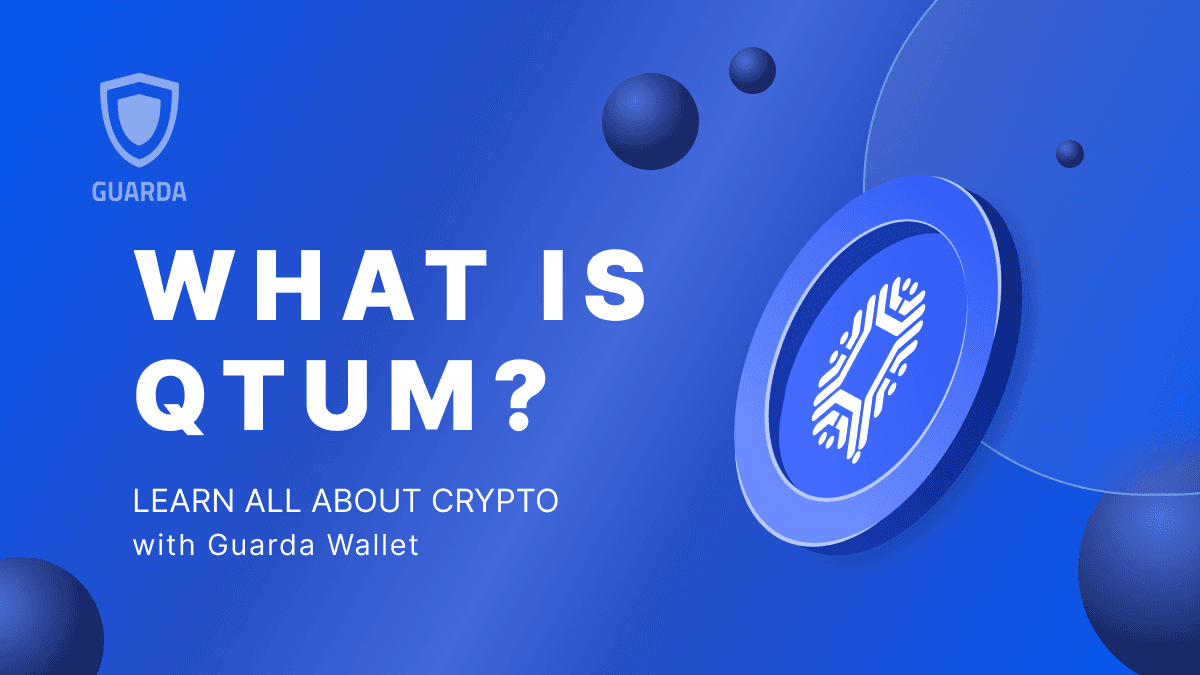Understanding Ethereum
Ethereum, launched in 2015, is a decentralized open-source platform that pioneered the concept of smart contracts and dApps. A smart contract refers to a self-executing agreement with terms directly inscribed in lines of code. Ethereum’s native cryptocurrency, Ether (ETH), facilitates transactions within the network. The platform presently operates on a proof-of-work (PoW) consensus mechanism, although it is on the brink of transitioning to proof-of-stake (PoS) with Ethereum 2.0. This paradigm shift seeks to address a myriad of issues, particularly high energy consumption and scalability challenges.
The Polygon Framework
Previously known as the Matic Network, Polygon is a layer-2 scaling solution devised to augment Ethereum’s capabilities. It endeavors to offer rapid and cost-effective transactions on Ethereum using Layer 2 sidechains, essentially blockchains operating alongside Ethereum’s main chain. Polygon’s native token, MATIC, is utilized for transaction fees and engagement in the PoS consensus. In contrast to Ethereum’s standalone blockchain, Polygon operates as an interconnected multi-chain system, often regarded as the ‘Internet of Blockchains.’ This model seeks to enhance Ethereum’s scalability while facilitating interoperability with other blockchains.
Comparative Evaluation
- Scalability: Ethereum has a longstanding history of grappling with scalability. Currently, it processes approximately 15 to 20 transactions per second (tps), resulting in congestion, longer transaction times, and elevated gas fees. The forthcoming Ethereum 2.0 update aims to alleviate these issues. Conversely, Polygon has prioritized scalability, distinguishing it from many other platforms. Through its Layer 2 framework, it can handle up to 65,000 transactions per second on a single sidechain, outpacing Ethereum by a substantial margin.
- Security: As a decentralized platform, Ethereum enjoys high levels of security. Its shift from a PoW to a PoS consensus mechanism with Ethereum 2.0 further fortifies its security and reduces attack susceptibility. However, Ethereum’s smart contracts can become potential weak points if not coded correctly. In comparison, Polygon derives its security from Ethereum and further supplements it through its PoS consensus mechanism. Nevertheless, the implementation of side chains can expose the system to additional vulnerabilities.
- Interoperability: Ethereum has emerged as a hub for various tokens through its ERC-20 and ERC-721 standards. However, its inherent design does not cater to cross-chain interoperability. Polygon’s design strategy aims to bridge this gap, seeking to enhance Ethereum’s interoperability with other blockchains. This unique feature allows seamless asset transfer across multiple chains.
- Development and Adoption: Ethereum’s active developer community and status as the second-largest cryptocurrency by market capitalization underline its widespread acceptance in the crypto world. Polygon, although a relatively newer platform, is gaining momentum, fueled by its solutions to scalability issues and emphasis on interoperability. It has seen substantial adoption among developers and users within the Ethereum ecosystem, attributed to its lower transaction costs and enhanced speeds.
Conclusion
In the broader context of the blockchain ecosystem, Polygon and Ethereum serve distinct yet complementary roles. Ethereum, with its robust and secure platform for developing and executing smart contracts, has faced issues of scalability and high transaction costs. Polygon, with its Layer 2 solution, effectively addresses these pain points without undermining the benefits of Ethereum. Instead of being in direct competition, these platforms work in tandem to further the overarching objective of blockchain technology and decentralized applications. This synergy facilitates a more robust, efficient, and versatile blockchain ecosystem.
FAQ
1. Is ETH same as Polygon ETH?
No, ETH (Ethereum) is not the same as Polygon ETH. ETH refers to the native cryptocurrency of the Ethereum blockchain, which is the primary digital asset used for transactions, fees, and value transfer within the Ethereum network. Polygon (previously known as Matic Network) is a Layer 2 scaling solution built on top of the Ethereum blockchain. While Polygon is closely connected to Ethereum, it operates as a separate network with its own native cryptocurrency called MATIC.
2. Do I need ETH to use Polygon?
Yes, in order to use Polygon, you will need a small amount of ETH (Ethereum) initially. This is because the process of bridging your assets from the Ethereum network to the Polygon network requires a small transaction fee in ETH.
3. Is Ethereum blockchain better than Polygon?
Both Ethereum and Polygon have their strengths and weaknesses, and the choice of blockchain depends on the project’s needs.
4. How to convert Polygon (MATIC) to ETH?
- Download Guarda Wallet (Web/Desktop/Mobile app);
- Create Polygon (MATIC) wallet;
- Enter the amount of MATIC you’d like to convert;
- Select Ethereum (ETH) in get section and enter the recipient’s Ethereum address to receive your ETH coins right after the exchange;
- Press exchange button and wait for you ETH to arrive.



